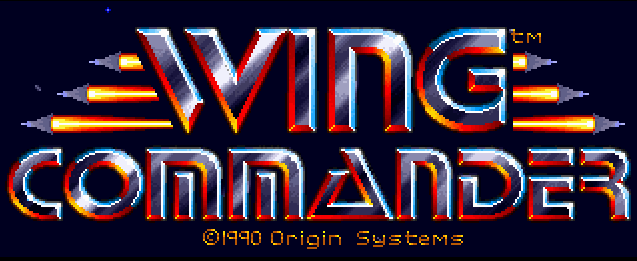

Often referred to as “Wing Commander 1,” Wing Commander was a ground breaking game during its heyday. Chris Roberts famously used bitmapped images as a way of “cheating” to achieve the kind of graphics and gameplay that he wanted, where most 3D games of the same era used wire frame graphics. Though the graphics seem relatively tame today, try to imagine what this was like for a kid to play in 1990, where the best graphics available were Super Mario Bros. and other similar 8-bit, side scrolling Nintendo games.
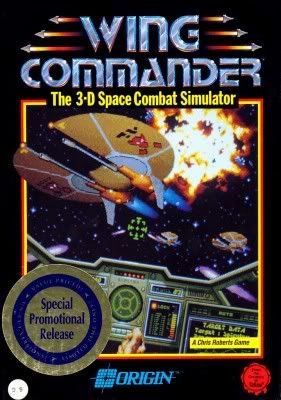
Wing Commander offered an immersive universe experience, making the player the focus of the story instead of someone else. Really, what kid doesn’t want to be the hero? The player was a pilot for the Terran Confederation Space Navy, serving aboard the Bengal-class carrier Tiger's Claw. As the main protagonist of the story, the player flew missions against a hostile, mysterious felinoid enemy race known only as the "Kilrathi."
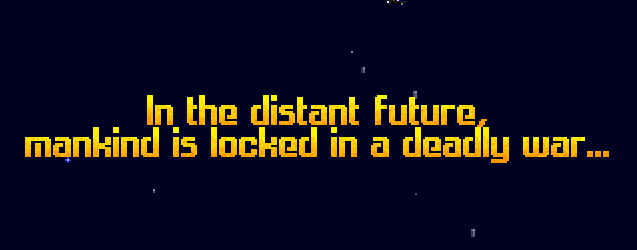
The enemy was shrouded in mystery, the only glimpses of them I got were in the cockpit when I was taunting them, or in the instruction manual, which was pretty sweet, too; it was in the form of a magazine issued to crewmembers of the Tiger's Claw, which made the immersion all that much more complete.
The missions in the game progressed, building as they went, until the player was able to fly a "final" mission; at which point the game would be over, win or lose. Wing Commander featured a dynamic "mission tree," which contained missions that were broken up into a "series;" instead of progressing to a new "level," you got to the next "series" of typically 3 to 4 missions, which made it seem a little more real to me back then, just as a war is a series of engagements.
Each series of missions were part of a "winning" track, or a "losing" track. Each mission was challenging in and of itself, but missions on the losing track would be much more difficult than missions along the winning track. In true "lost the battle, not the war" fashion, if a player lost a mission, they kept playing. This was different from any other game I'd played at the time, where a loss meant you lose, period, accompanied by starting over from the beginning.
The music featured in the game was thrilling, relaxing, contemplative, and inspiring; the spaceflight music was unique in the way that it changed during gameplay depending upon the player's performance in the cockpit. Cheery, victorious sounding music would play during times when the player was doing well out on the space lanes; sad, lower toned music would play during times when the player was not doing so well.
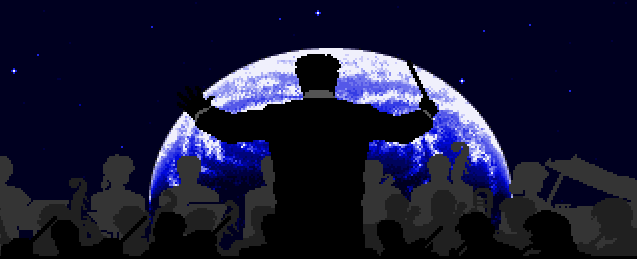
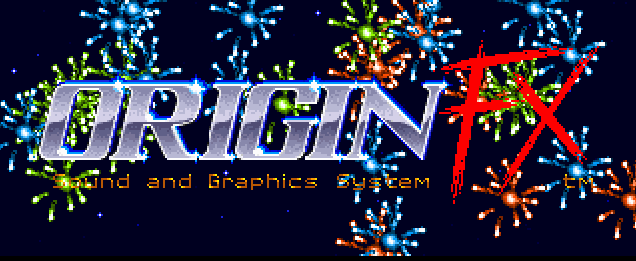
It's also interesting to note that Wing Commander came equipped with a very early form of copyright protection. To insure that the player had actually bought the game, the designers made the player answer a "challenge question" before they were able to start playing; the answer to which could be found in either the game's manual, entitled Claw Marks, or on the super cool fighter-craft blueprints that came with the game.
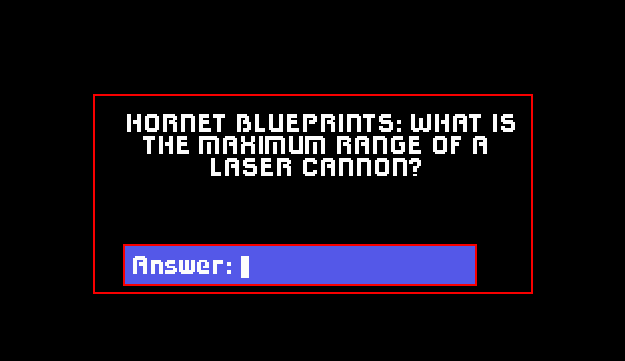
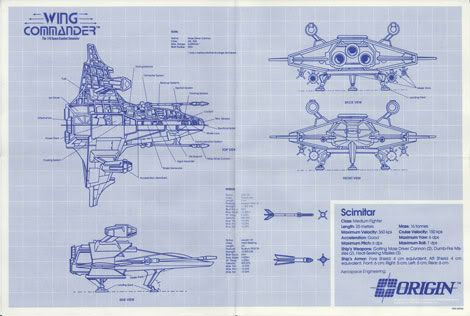
The player got into the action right away by starting in the game's TrainSim (flight simulator). "GET READY," the game's yellow font boomed, and you promptly blew up 2 seconds later. Confusing, but I then realized that it was simply a way for the game to collect your last name and callsign for later use. Players could then fly the TrainSim whenever they wanted if they needed a little practice against the 4 most common types of enemy ship they'd face out on the space lanes.

After that, it was time to meet your fellow pilots.
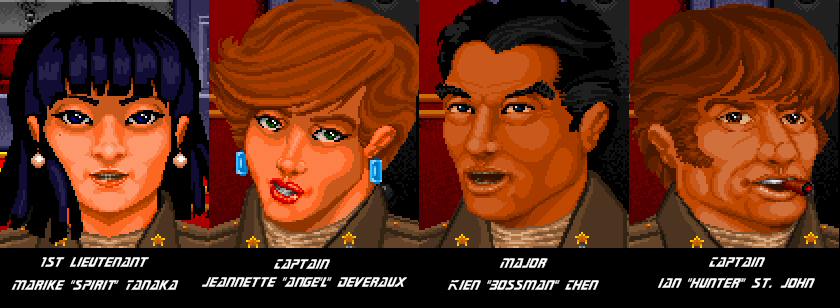
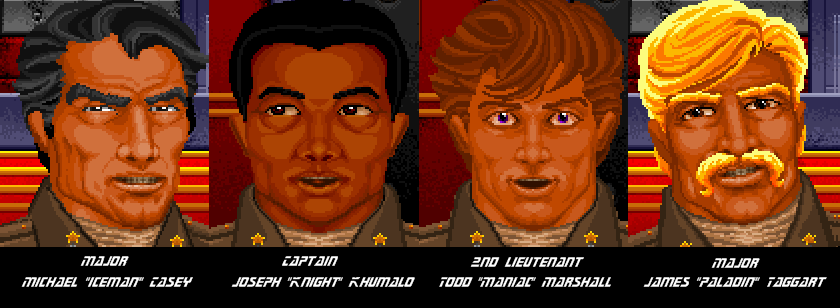
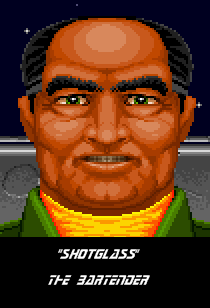
Whether the game took a positive or negative turn was dependent upon the player and his/her performance during the game. Win a series of missions, and all is well. Lose a series of missions, and the situation aboard the carrier worsens, including increasingly more difficult missions and a sense of foreboding amongst your fellow pilots, whom you talked to on a regular basis in the ship's bar.
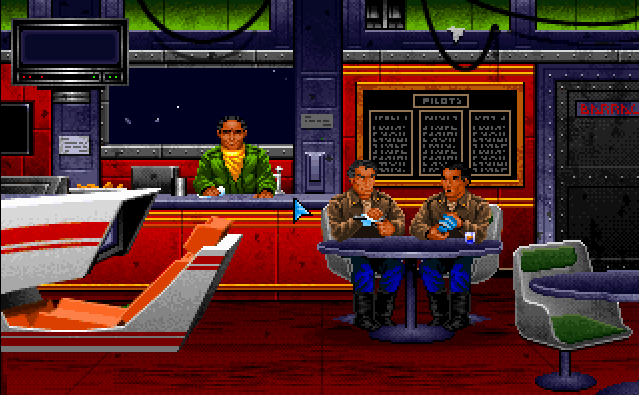
After every mission, different pilots would be sitting in the bar and would have different things to say when the player "talked" to them, depending upon how the player's performance was going. "Shotglass," the bartender, was the only mainstay of the bar who was there every time the player visited. Everyone was friends aboard the Tiger's Claw (even if Todd "Maniac" Marshall was considered a little loopy), and this gave me a feeling of camaraderie and belonging back in the day. Even if I had failed a mission, they still considered me their friend, and talked to me as such. This gave me a good feeling as a kid, even if I wasn't doing so hot.
The carrier kept a running tally of how its pilots were doing, mission wise. A count of sorties and kills were listed next to each person's name on a chalkboard, which gave me a sense of accomplishment during the game as a kid; it was something I could look upon and see how much ass I was kicking at the time, despite any failed missions I may have had under my belt.
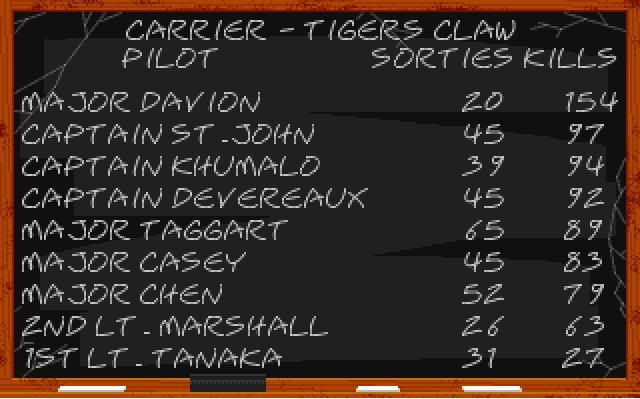
Eventually, after talking to your fellow pilots for a bit, it was time to head off to the barracks. This is where you saved/loaded your games. As a kid, I remember this adding to the realism of the game. A place to eat/drink, a place to sleep, then off to the war room for a mission briefing. Though, you'd think someone would've looked into that drip coming from the ceiling and all those loose cords at some point. Oddly, there's 8 lockers, but 9 pilots whom we see regularly (counting the player character).

During the first mission briefing, the player meets the commander in charge of the ship, Col. Halcyon. I didn't know how to pronounce the name back in the day (Hal-SEE-on), so I said: "HALK-yon." The Colonel is the main man with the master plan; he gives the mission details, assigns wingmen, and is also in charge of praise and/or a stiff dressing down, if you've failed an important mission.

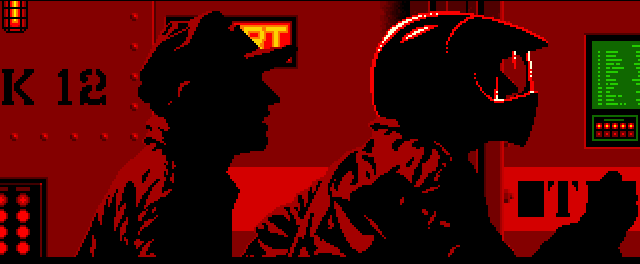
Shoot, it still is a thrilling part of the game. The only time the "scramble" sequence gets old is if I have played a mission more than 4 times. I usually only see it once per mission, sometimes twice every now and then. The first time I saw it as a kid, it gave me goosebumps; it gave me the same seeing it again after 10 plus years. The music for the scramble sequence is something that sticks with me, even now -- nevermind that it's the ringtone on my phone.
The space combat is a little chunky, but was still miles and miles ahead of what was available at the time. Your wingmen in Wing Commander consisted of your fellow pilots, whom we met earlier, and are pretty much useless; it's not out of the ordinary for you to rake in hundreds of kills (seriously, I broke the 500 mark during Secret Missions 2) while your wingmen can't manage to post even half of your numbers. Though as a kid, I seem to remember them helping more, but that could just be that I wasn't all that good at the game; thus killing enemies took much longer than it does as an adult, which gave my wingmen much more time to kill ships. As an adult, though, I will come back with 99-100% of the kills in any given mission. At one point, I just used my wingmen as cannon fodder to attract enemy fire while I picked off ships as quick as I could. A jerk move, I'm sure, but when all the ships on the screen are firing at you at once, and you can never get out of their collective cone of fire, you need all the distraction you can get.
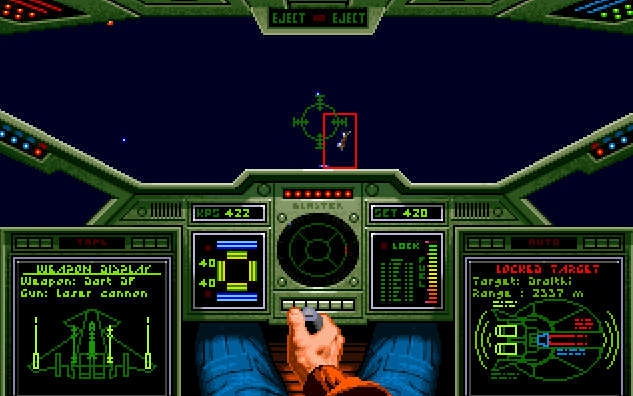
One of my favorite parts of the game was getting medals. After completing a (usually particularly difficult) mission, you would receive a medal, presented to you by Colonel Halcyon, who would congratulate you with a "Good Job" and a salute, after which you would "meet the applause of your fellows." Trust me, during the time in my early teens when I felt like I did not fit in, was not popular, and did not know my place in the world, the medal sequence often made me swell with a sense of accomplishment.
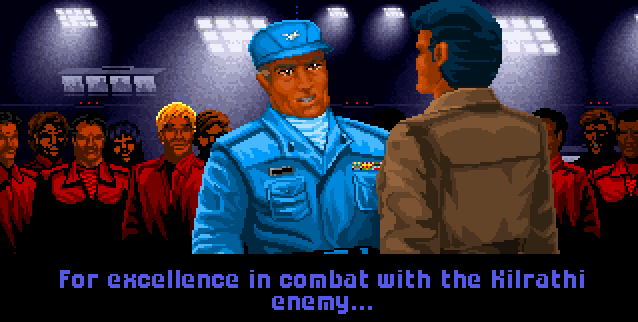
I often replayed a mission after I got a medal for it just to be able to receive the medal again.
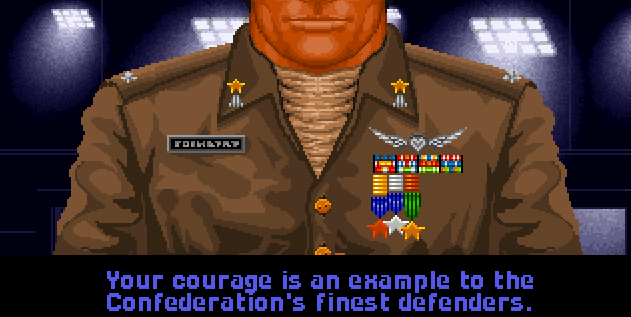
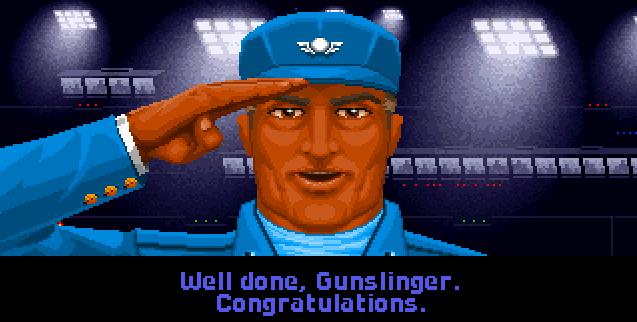
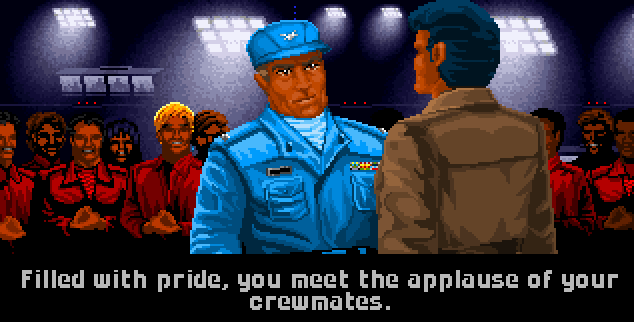
The game concludes in one of two ways:
1.) The player flys a strike mission against a Kilrathi starbase deep within the Venice star system (winning track).
2.) The player covers the retreat of the Tiger's Claw from the front lines in the Hell's Kitchen star system (losing track).
Most memorable mission: The final mission in which you cruise on to victory over the Kilrathi in the Venice star system.
Most frustrating mission: A mission in which you are tasked with defending a captured enemy capital ship known as a "Ralari-class Destroyer." The mission, while winnable, is prohibitively difficult, even extremely so. This was a purposeful addition to the game, most likely to force the player to play at least one series of missions on the losing track.
Favorite sequences: Mission debriefings, Medals, promotions, landing, and winning track story sequences.
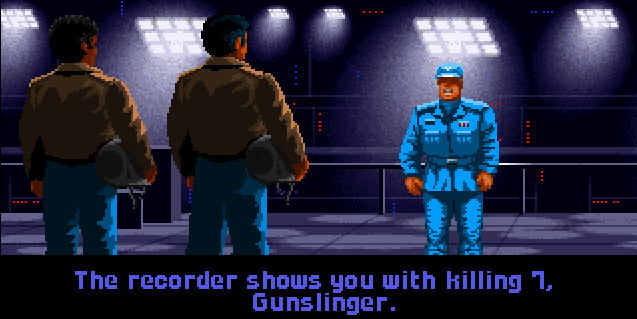
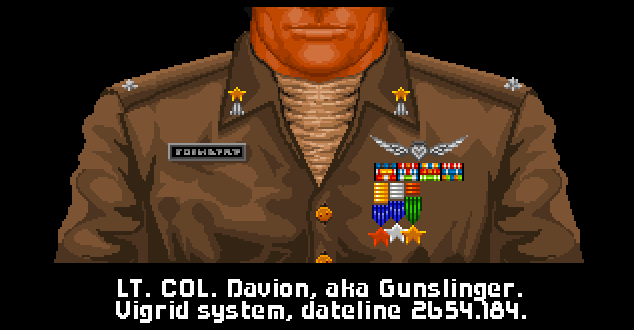
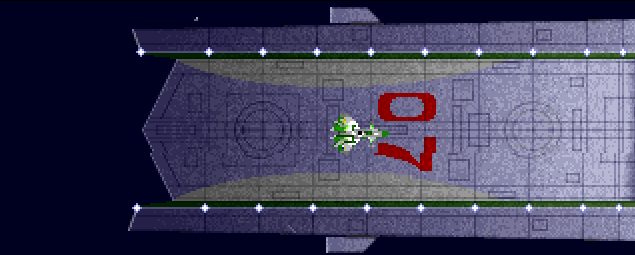

Least favorite sequences: Death, your own funeral or the funeral of a fellow pilot, and losing track story sequences. It should be noted here that I do not dislike these sequences because they are poorly done; no, they are as superbly done as the rest of the game. They are just on my least favorite list because that means either you're dead, your friend is dead or you've lost the game.
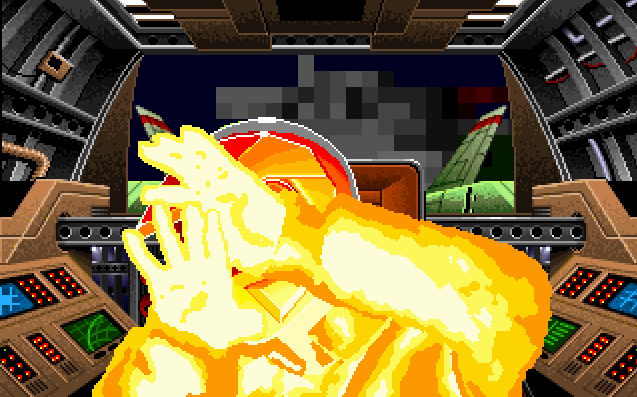
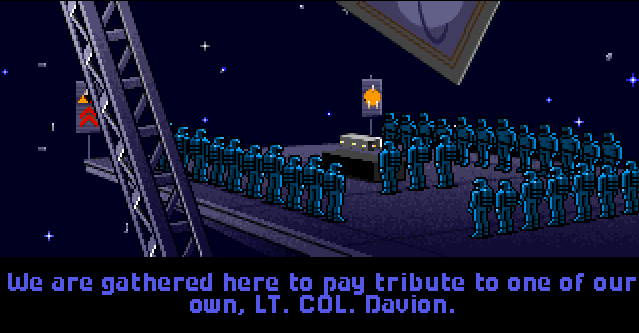

Overall rating: 4.5 stars out of 5 possible.
Next game: Wing Commander: The Secret Missions